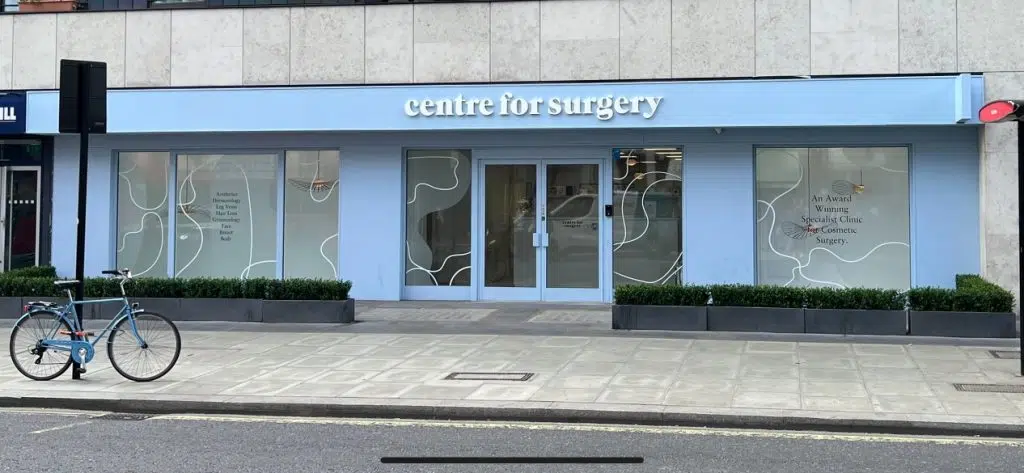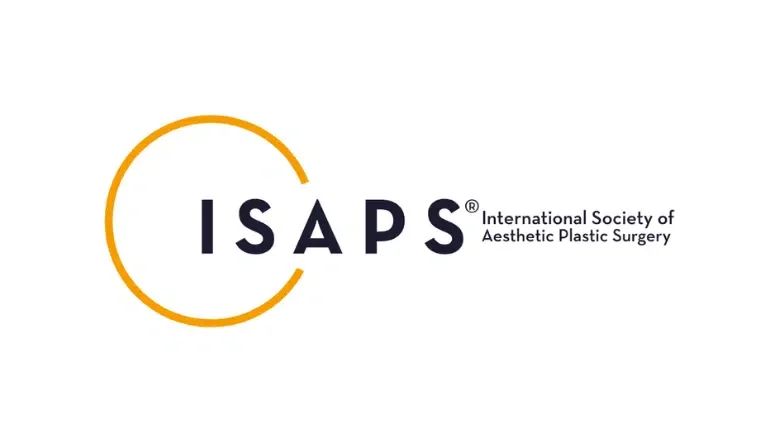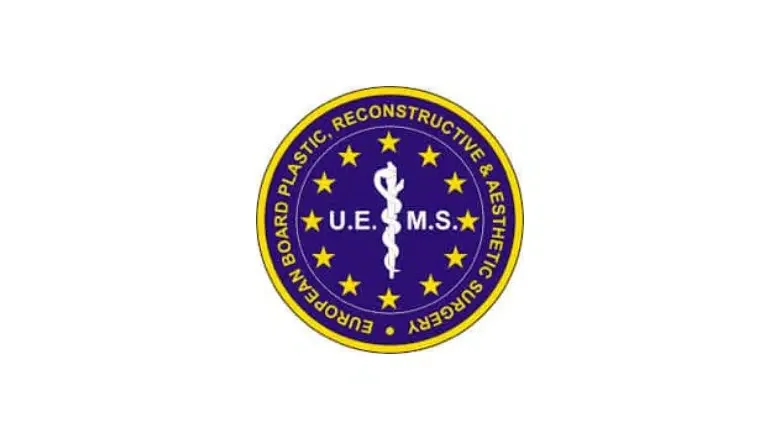Non-binary top surgery is a form of chest reconstruction surgery aimed at helping individuals achieve a chest appearance that aligns with their gender identity. The procedures may involve either breast augmentation (in individuals assigned male at birth) or breast reduction/removal (in individuals assigned female at birth).
Non-binary individuals often seek a more androgynous look that doesn’t fit strictly within the “male” or “female” spectrum. Therefore, their surgical goals can vary significantly depending on personal preferences and gender identity.
What does non-binary mean?
Non-binary is a term that is increasingly being used in our society and it refers to a gender identity that does not conform to the traditionally accepted binary framework of male or female.
Let’s delve a bit deeper into understanding this concept:
Assigned Sex: At birth, based on external genitalia, a baby is assigned a sex of ‘male’, ‘female’, or in some cases, ‘intersex’.
Gender Identity: This differs from the assigned sex. Gender identity is a deeply held sense of being male, female, a blend of both or neither. It’s the internal perception of one’s gender and how they label themselves, which could include male, female, non-binary, genderqueer, androgynous, and so forth.
Cisgender: This term is used to describe individuals who identify with the sex that they were assigned at birth.
Transgender: This is used to describe individuals who do not identify with the sex they were assigned at birth.
Gender Binary: This is a societal system that categorises people into one of two distinct and opposite gender roles, identities, and attributes: ‘male’ or ‘female’.
Non-Binary: This term encompasses any gender identity that doesn’t exclusively align with the binary categories of male or female. Non-binary people may identify with elements of both, neither, or a combination of male and female aspects.
Contrary to some beliefs, non-binary gender identities aren’t novel or contemporary concepts. They have been recognised and respected in various cultures worldwide for centuries. Individuals who identify as non-binary often use gender-neutral pronouns, such as they/them. However, there are numerous other gender-neutral pronouns that individuals may prefer, including combinations like he/they or she/they. It’s therefore always considerate to ask what pronouns someone prefers when first speaking with them.
RELATED: Evolution of Transgender Healthcare in the UK
The journey of transitioning or aligning as a non-binary individual can take many forms. It could involve medical interventions like hormone therapy or surgery. Alternatively, it could be non-medical, encompassing changes like adopting different pronouns, binding, or altering one’s appearance through changes in hairstyles or clothing. It’s also worth noting that not all non-binary individuals will choose to undertake medical transition steps.
Understanding that gender exists on a spectrum, non-binary individuals may express their gender identity in various ways. This could lean towards a more masculine, feminine, neutral appearance, or be a mix of these expressions, reflecting the diversity and uniqueness of each person’s experience with their gender identity. In essence, non-binary is an umbrella term, encapsulating a range of gender identities that escape the traditional bounds of the binary male-female classification. It’s a testament to the richness of human diversity and the complexity of gender as a social and psychological construct.
Surgical Techniques used in Non Binary Top surgery
Surgery is an important step and a personal decision. It requires a comprehensive evaluation process, including a thorough discussion with a knowledgeable and experienced surgeon at Centre for Surgery. It’s crucial to find a surgeon who understands and respects your gender identity and is committed to helping you achieve your desired aesthetic goals.
Just as the spectrum of non-binary gender identity is broad, so too are the possible surgical techniques used in non-binary top surgery. Here are some options:
Breast Augmentation: This surgery is typically performed using saline or silicone implants to increase the size and shape of the chest. This could be a desired procedure for those who wish to have a more feminine-looking chest.
Breast Reduction/Removal: Also known as top surgery, this involves the reduction or removal of breast tissue to create a more masculine or androgynous chest appearance. There are several techniques, including:
- Bilateral Mastectomy: Also known as “double incision top surgery,” this procedure involves the removal of most of the breast tissue and excess skin. The nipples are often resized and repositioned to achieve a more masculine or neutral chest appearance.
- Keyhole or Peri-areolar Surgery: This method is suitable for those with smaller breasts. It involves smaller incisions and less tissue removal, resulting in less noticeable scarring.
- Inverted-T or T-anchor Surgery: This method is used for those with larger amounts of breast tissue and skin. It involves removing the tissue and excess skin in a way that the remaining skin can be contoured to a more masculine or neutral appearance.
Remember, each individual’s goals for non-binary top surgery will differ, and the best surgical approach is the one that aligns with your personal gender identity and desired outcomes. It’s important to discuss your goals openly and honestly with your surgeon to ensure that the procedure will meet your expectations.
RELATED: How Much Does FTM Top Surgery Cost in the UK?
What does a non-binary surgical result look like?
Non-binary surgical outcomes aren’t straightforwardly definable, and this is largely because the essence of being non-binary is about not conforming to traditional binary categories. Non-binary individuals, therefore, may have diverse and individualistic expectations for their surgery. The key aim is to create an exterior that aligns more closely with the individual’s internal gender identity, ensuring their self-expression is authentic and comfortable.
As the surgical implications of being non-binary can vary widely from person to person, a comprehensive consultation is crucial. This provides the opportunity to discuss the various surgical options available and how these could help the individual to achieve their desired appearance. A second consultation is typically offered before any surgery takes place, to ensure that the individual is well-informed and confident in their decision.
Visualising the results of non-binary top surgery can be a complex process due to the multitude of options available and the unique needs and wants of the individual. One way of approaching this could be to consider what the ‘ideal binary male’ top surgery result might look like, and then explore how this could be adjusted to create a less traditionally masculine or feminine, and more non-binary appearance.
Key factors in this process include decisions around incisions, chest contours, and nipple and areola options. Each of these can be tailored to the individual’s preferences to help achieve an outcome that aligns with their non-binary identity.
It’s important to remember that societal norms often continue to categorise people and bodies into binary male and female classifications. As such, what might feel and appear non-binary or gender-neutral to an individual may still be perceived as ‘male’ or ‘female’ by others. This does not invalidate the individual’s identity or surgical choices but is something to bear in mind during the decision-making process.
Ideally, surgical results should reflect a more gender-neutral appearance, offering more flexibility in a society still largely bound by binary norms. This can help alleviate symptoms associated with gender dysphoria and support the individual’s comfort in expressing their identity. That said, the decision to undergo surgery is a deeply personal one, and it’s entirely valid for non-binary individuals to choose not to pursue surgical interventions. The ultimate goal is to find congruence in one’s gender identity, whether this involves surgery or not.
Why choose Centre for Surgery?
Choosing the right medical practice for your non-binary top surgery is a crucial decision. At the Centre for Surgery, we pride ourselves on providing a comprehensive, empathetic, and inclusive service to all of our patients, no matter their gender identity.
Here’s why you should consider the Centre for Surgery for your non-binary top surgery:
Highly Skilled and Experienced Surgeons: Our team of surgeons are highly skilled and experienced in gender-affirming surgeries. They are equipped to understand and deliver the outcomes you desire, ensuring that you feel more comfortable in your body.
Patient-Centred Approach: We prioritise your needs, desires, and comfort. Our approach is to listen carefully, understand your specific requirements, and tailor a treatment plan that aligns with your identity and goals. We are dedicated to making your journey as smooth and affirming as possible.
Full Consultation Process: We believe in providing a thorough consultation process. This includes a full discussion of the procedure, understanding your desired outcomes, and explaining the potential risks and complications. We ensure you have all the information you need to make an informed decision about your surgery.
Post-Operative Care: We are committed to providing excellent post-operative care. Our medical team will provide detailed instructions for aftercare and recovery, and we’re always available to address any concerns or queries you may have.
Inclusive Environment: At Centre for Surgery, we create a safe and welcoming environment for all our patients. We understand the specific needs of non-binary individuals and offer services tailored to provide an affirming and comfortable experience. We are committed to using the correct pronouns, respecting your identity, and making you feel seen and respected.
Privacy and Confidentiality: We understand that your privacy is paramount. We maintain strict confidentiality protocols to ensure your personal and medical information is protected.
At Centre for Surgery, we aim to support your journey, providing the highest quality care while respecting and affirming your identity. We believe in empowering you to feel comfortable and confident in your body.










